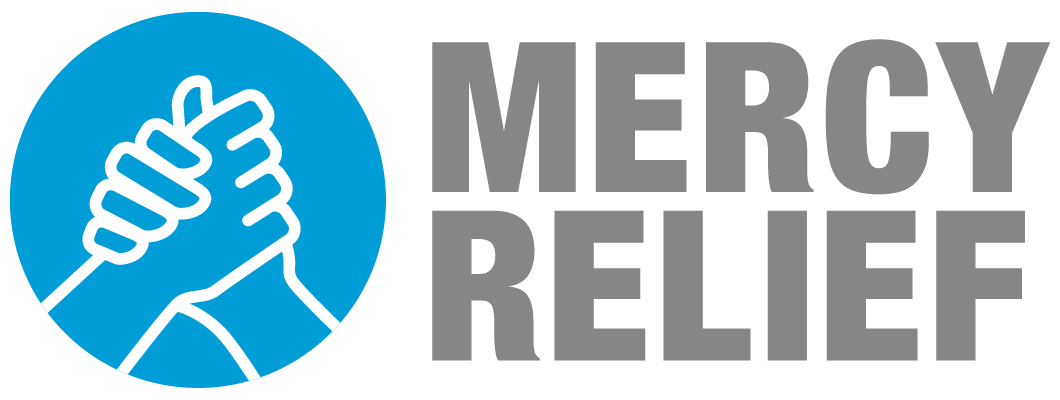International Programmes
What We Do
Disaster relief and sustainable development projects are at the core of Mercy Relief’s International Programmes. Our first disaster response team was deployed in 2003 to Bahorok in North Sumatra, Indonesia when devastating flash floods hit it. Since then, we have continued to work alongside survivors to restore lives and livelihoods and to invest in communities throughout Asia and now the world to improve living standards.
Deliver swift and effective aid where its most needed
We stand steadfast in our commitment to provide emergency aid within 72 hours of an international appeal in the aftermath of a disaster.
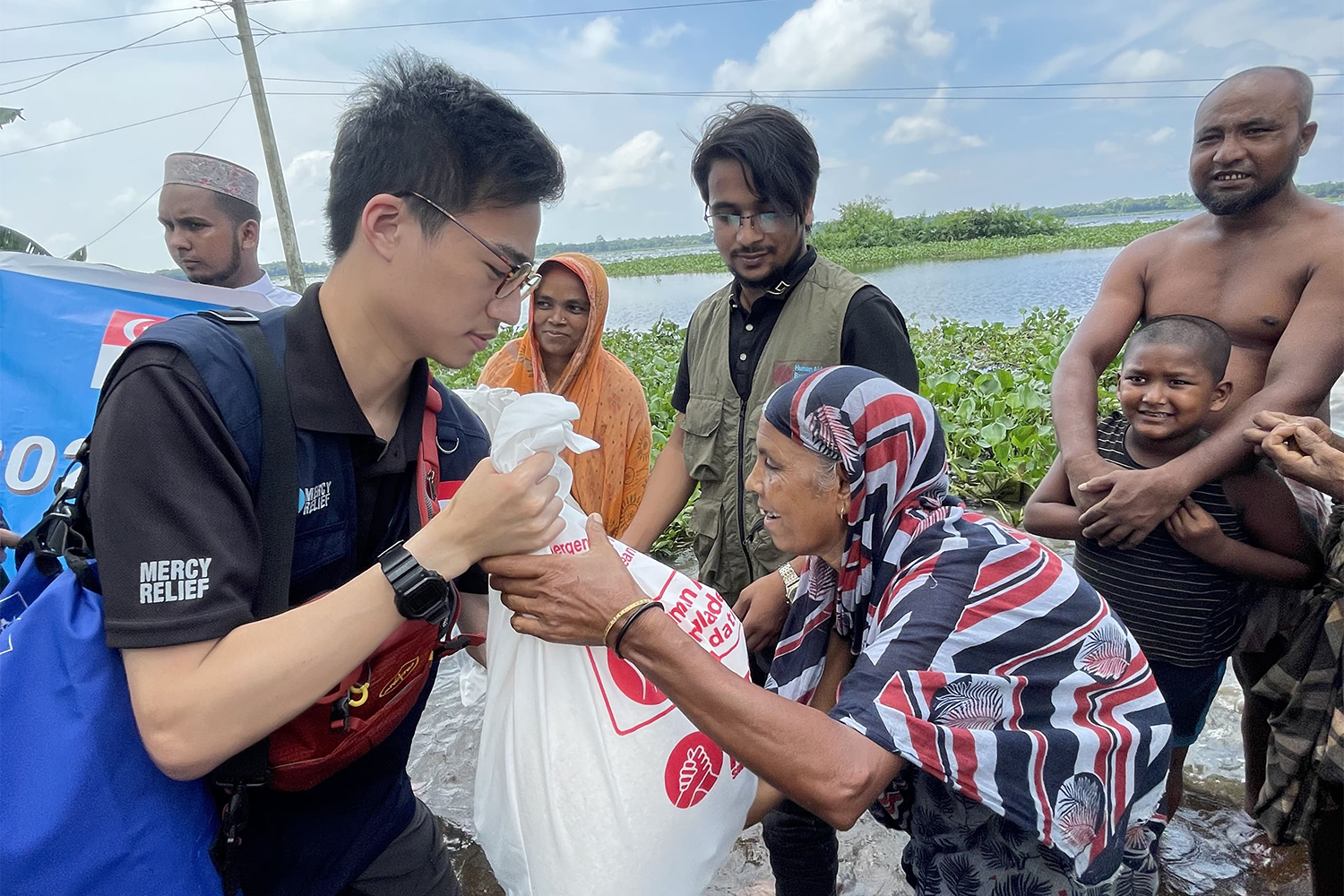
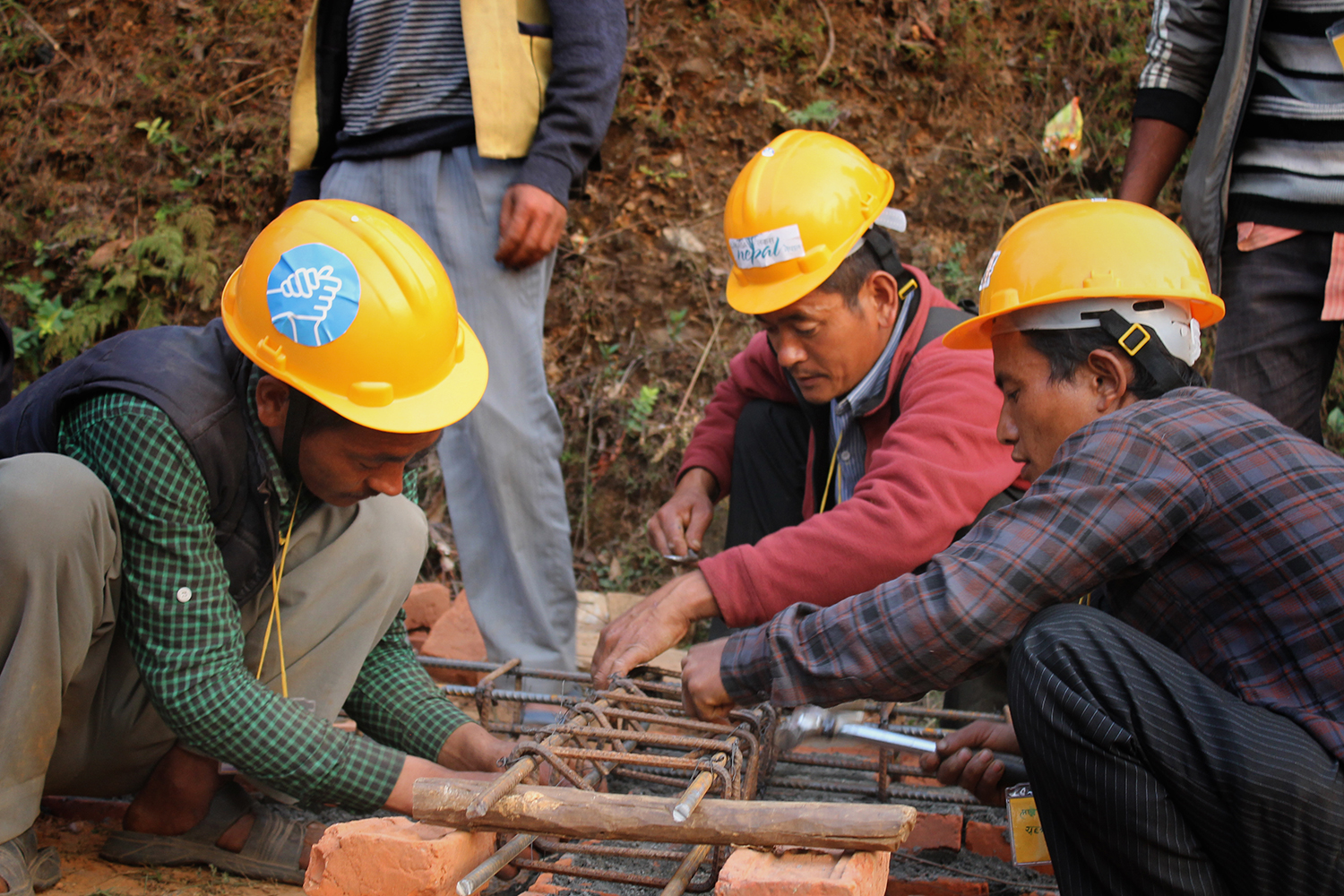
Build resilient communities through sustainable development
By drawing upon technology and innovation, as well as creative partnerships with other organizations, we develop effective community-based solutions to the challenges they face.
How we do it
A holistic approach to disaster management
In the aftermath of disasters, communities often come to the grim realisation that surviving is only the beginning. The road ahead is an uphill journey to reinstate a sense of normalcy into their lives, both physically and psychologically. Despite its challenges, the recovery phase proves to be a critical period in ensuring communities are empowered to be key change agents in building resiliency.
EXAMPLE 1 – PREPAREDNESS
MOUNT MERAPI COMMUNITY BASED DISASTER
RISK MANAGEMENT PROGRAMME (INDONESIA 2009)
Mercy Relief constructed 2 evacuation centres for the vulnerable communities of Dukun sub-district, who were living on the slopes of an active volcano (Mount Merapi) in Central Java. The centres feature central kitchens and improved sanitation facilities within two schools in Dukun. We conducted public healthcare and hygiene workshops, and implemented early warning systems and evacuation drills for 4,700 villagers. All to enhance the communities’ preparedness against Indonesia’s most active volcano.
EXAMPLE 2 – RESPONSE
TYPHOON HAIYAN RELIEF (PHILIPPINES 2013)
Mercy Relief sent 6 relief missions and 1 medical team across 7 provinces in the Visayas Region that were affected by Super Typhoon Haiyan. In that time 21,000 relief food packs were distributed and 6 mobile water purification systems were deployed to meet the basic survival needs of affected communities. $1.5 million was raised to support communities during both the acute relief and the ongoing rehabilitation projects.
EXAMPLE 3 – RECOVERY
TRANSITIONAL SHELTERS PROJECT (NEPAL EARTHQUAKE 2015)
Mercy Relief completed 690 transitional housing shelters and 29 temporary classrooms as part of rehabilitative efforts to house the affected communities through monsoon season and reinstate a sense of normalcy and togetherness post-disaster. 3,450 villagers and over 2,200 students benefited from the project.
EXAMPLE 4 – MITIGATION
HEALTH, WATER AND LIVELIHOOD SUPPORT (PHILIPPINES 2010)
Mercy Relief worked with 466 households in Zambales, Philippines, to plant mangrove seedlings along five hectares of shoreline to establish natural nurseries for fishes to spawn and increase villagers’ catch. Once matured, the mangroves act as a natural barrier against storm surges during typhoon season. What’s more, two community managed water systems and herbal farms were implemented to improve communal health and sanitation.
Across 5 key levers of change
We identify opportunities to rebuild, empower and enable communities to recover and develop resilience to future disasters across the domains of Health, Education, Shelter, Water & Sanitation and the development of Sustainable Livelihoods.

WATER & SANITATION
Access to safe and clean water is a critical aspect of community development. Effective sanitation systems and a sound hygiene culture are vital to reducing environmental health risks and the burden of disease. Properly processed waste can also be used as an alternative energy source, or as fertiliser in agricultural production.
WatSan programmes includes construction of potable water sources, increasing access of potable water to rural communities and construction of communal sanitation facilities.

HEALTHCARE
Our healthcare projects are aimed at increasing life expectancy and improving quality of life. This is done by enhancing medical infrastructure and systems, reducing the risks and burden of disease, and strengthening the skills and knowledge of healthcare workers.
Healthcare programmes includes midwivery trainings, malnutrition programmes and medical equipment and training to rural hospitals.
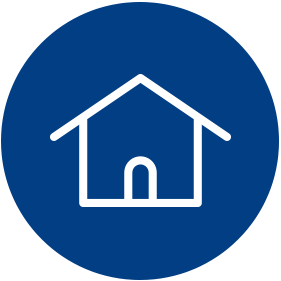
SHELTER
Shelter provides security, safety and protection from the elements and enhances resistance to disease. A proper habitat lays the foundation for a decent standard of living.
Shelter programmes include reconstruction of communal facilities such as hospitals, clinics, schools and transitional shelters.
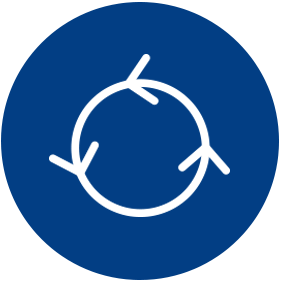
SUSTAINABLE LIVELIHOOD
Sustainable livelihood programmes are necessary so communities can be self-reliant, and individuals can earn sufficient income without negatively impacting the environment.
Livelihood programmes includes organising social enterprises within urban poor communities, demo farms and oyster farming.

EDUCATION
We believe that creating and improving access to better education is one of the most effective ways to combat poverty. A number of our programmes are aimed at achieving this through enhancing the skills and knowledge of teachers, and providing educational resources for schools.
Educational programmes include training educators in teaching English, financial literacy for rural farmers and special needs training.
Connect With Us
Follow Mercy Relief on social media.
